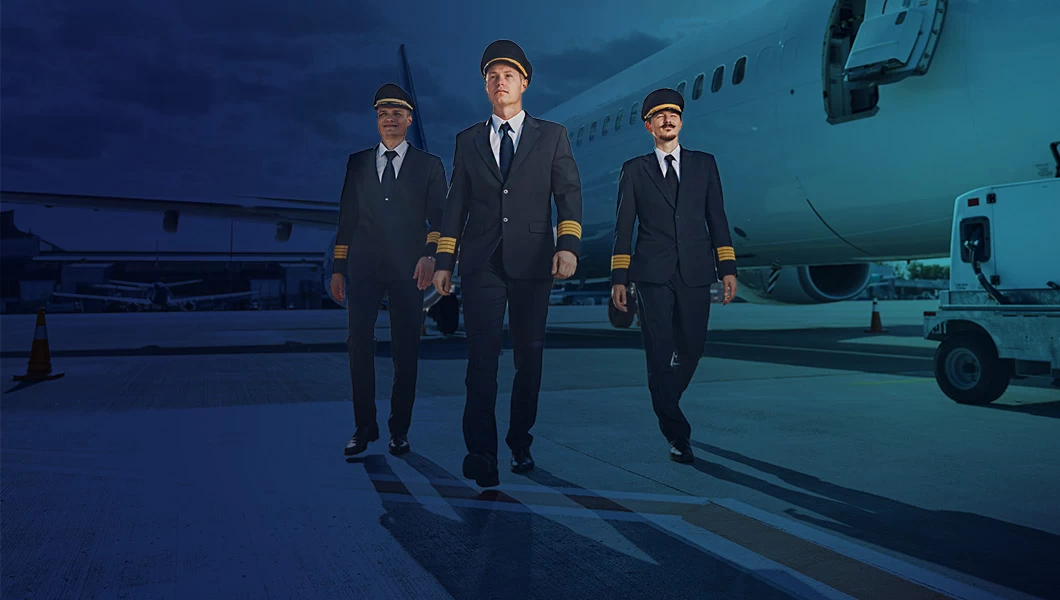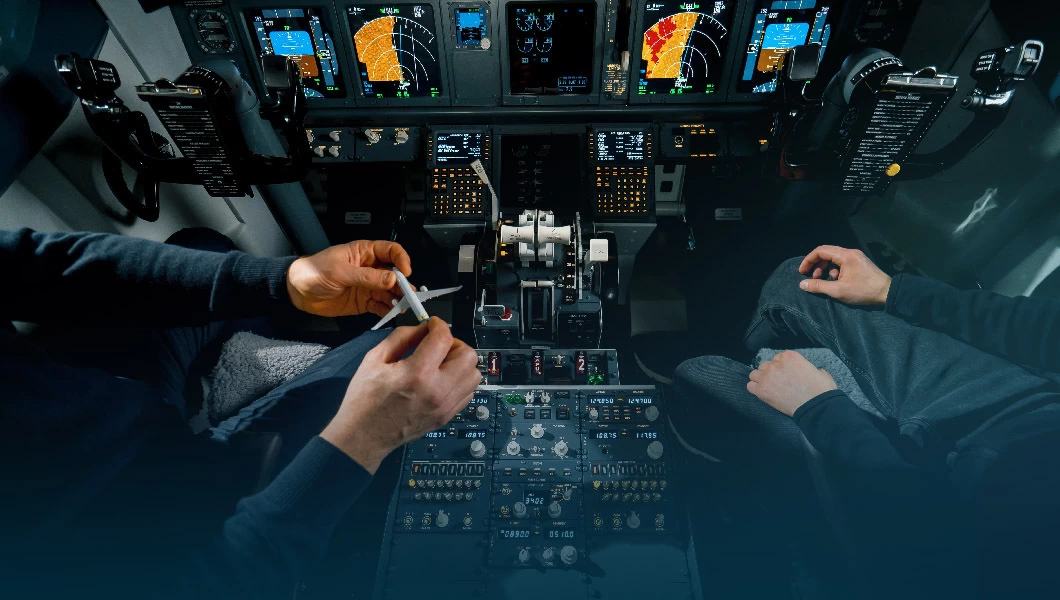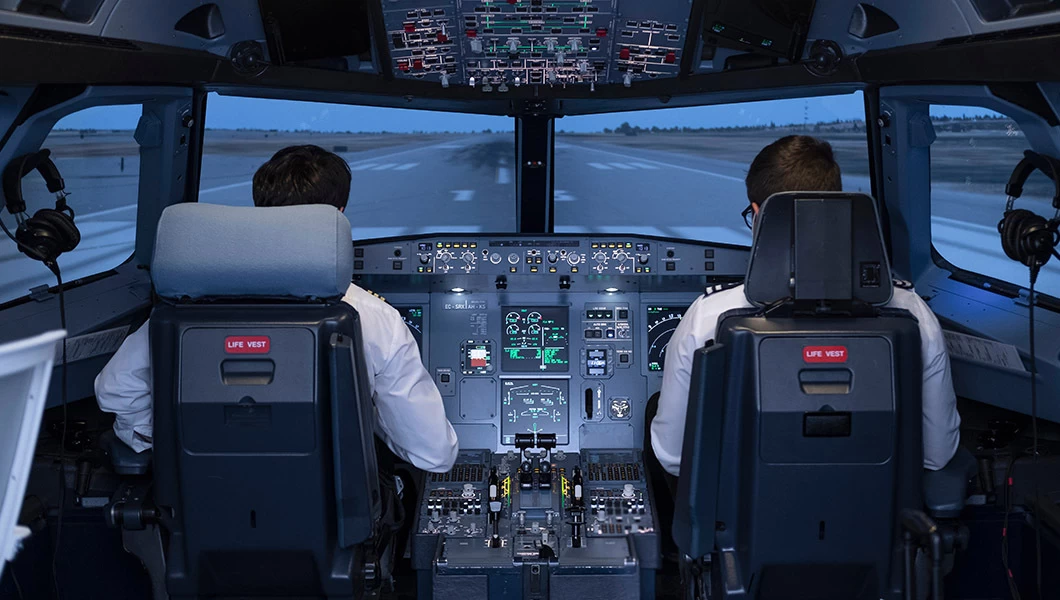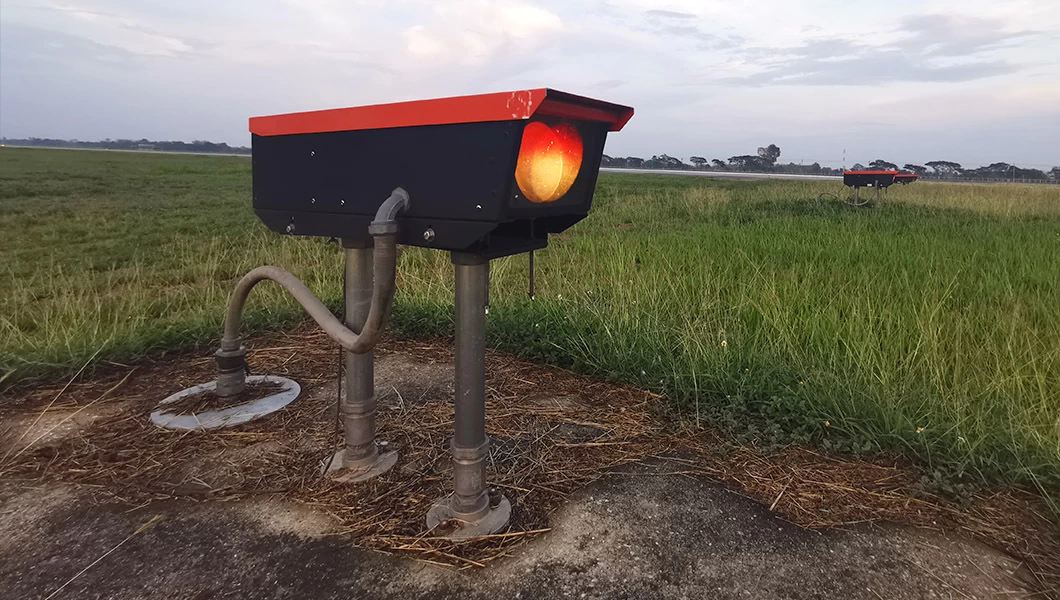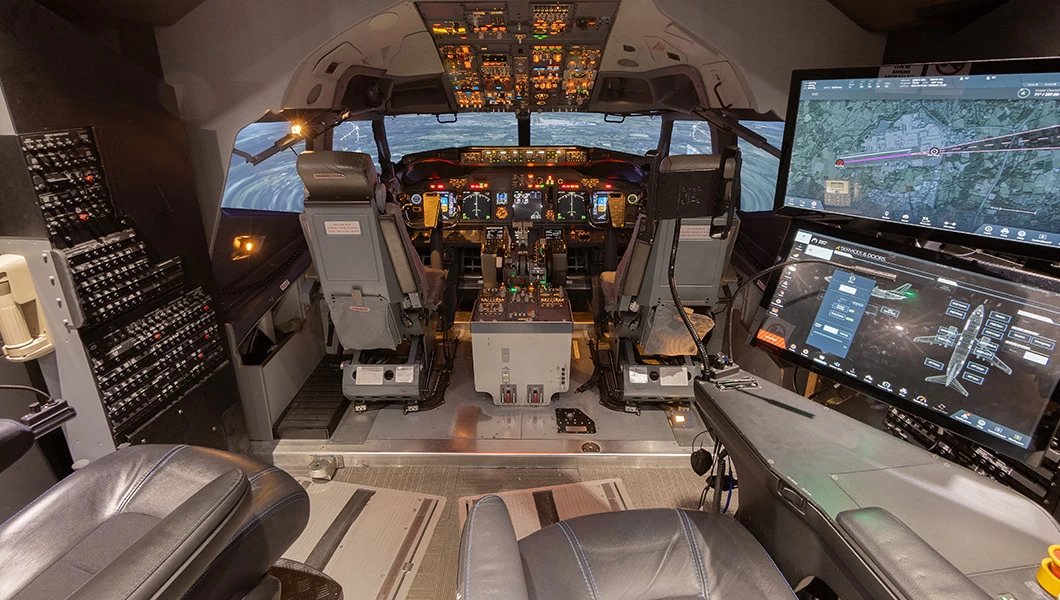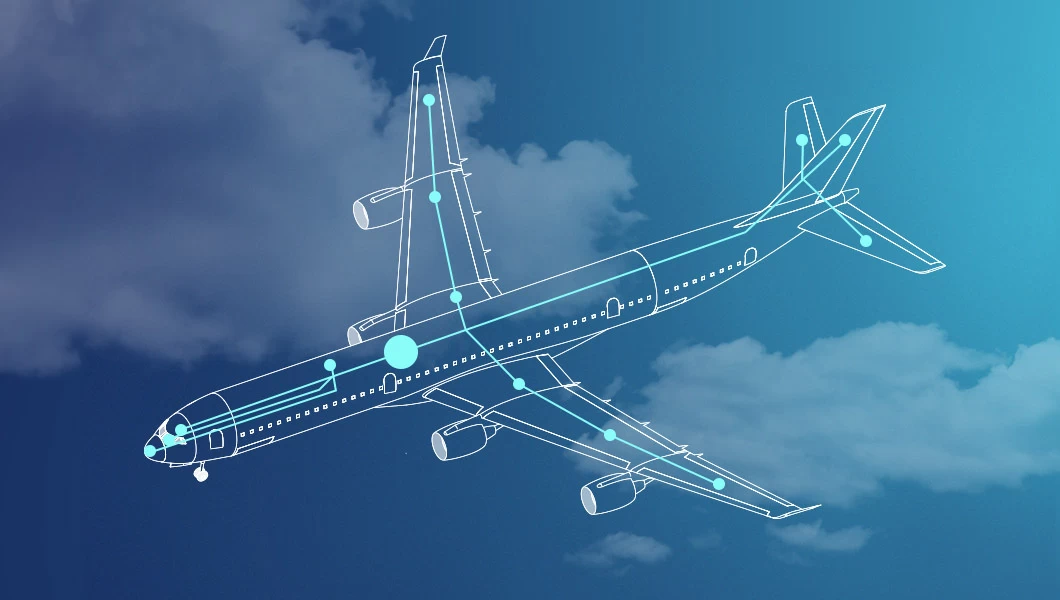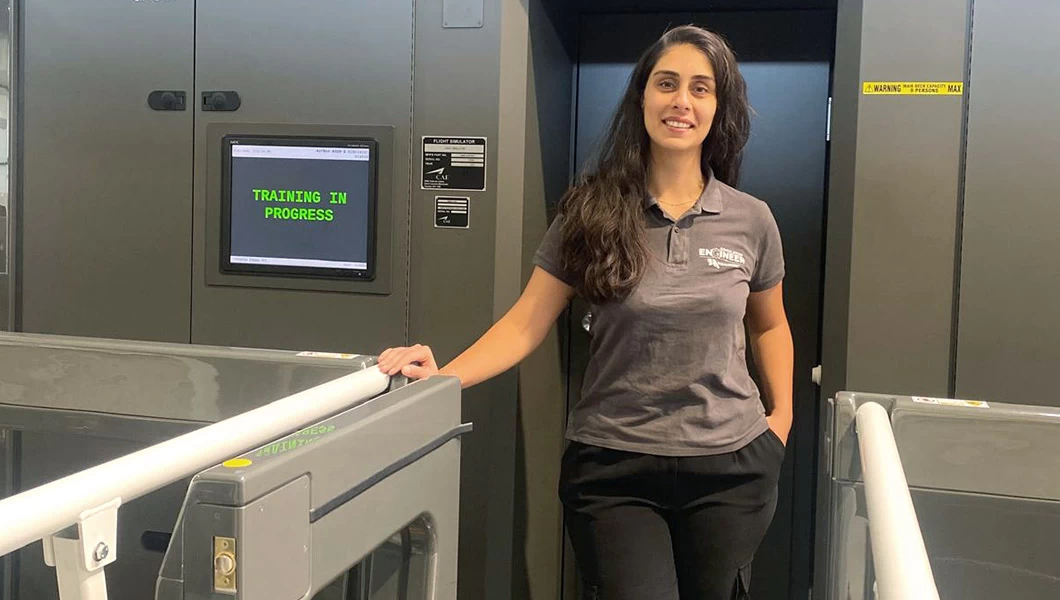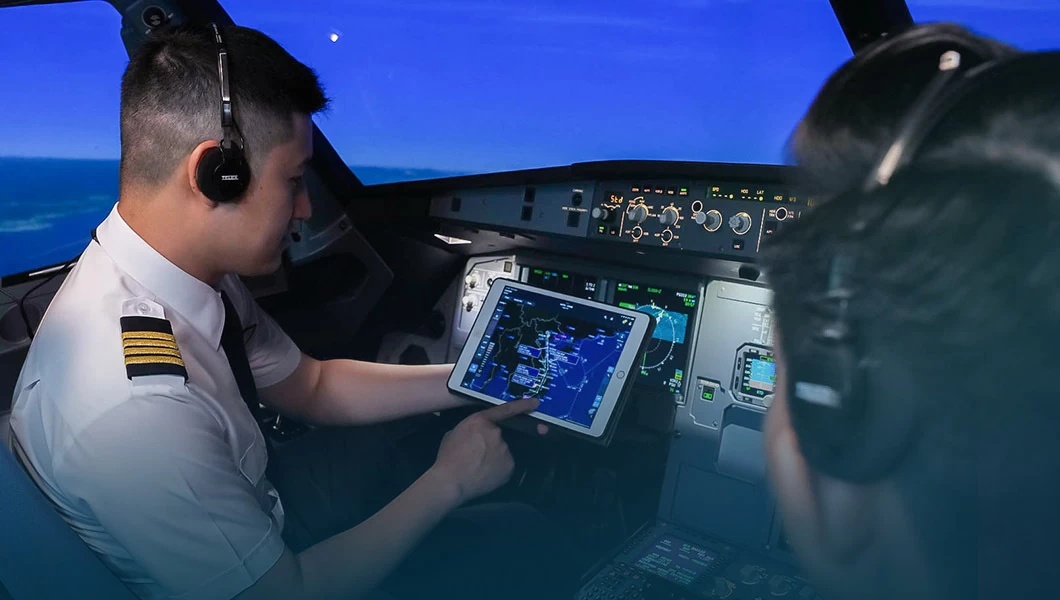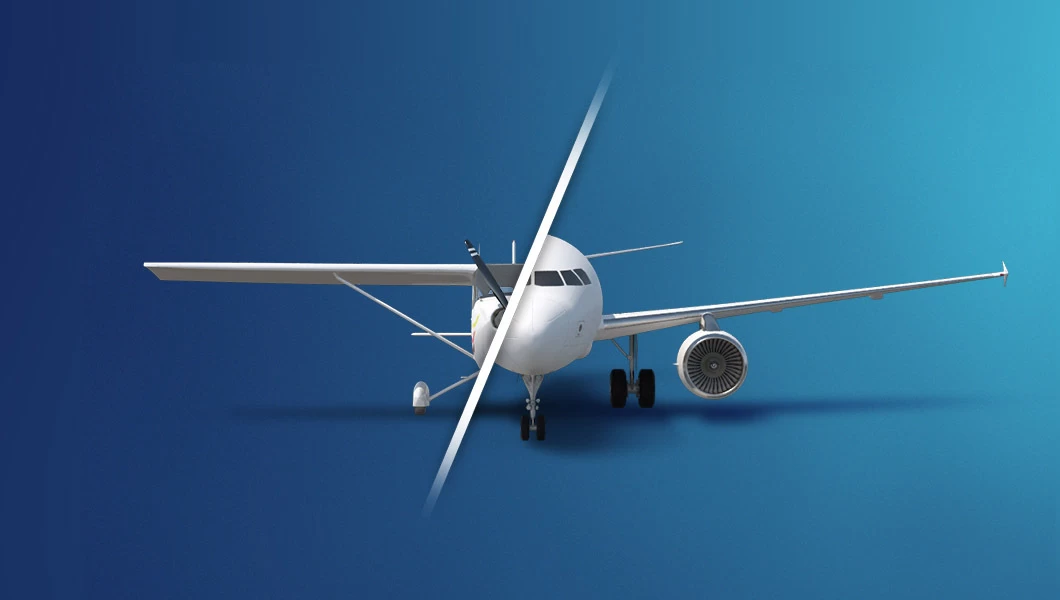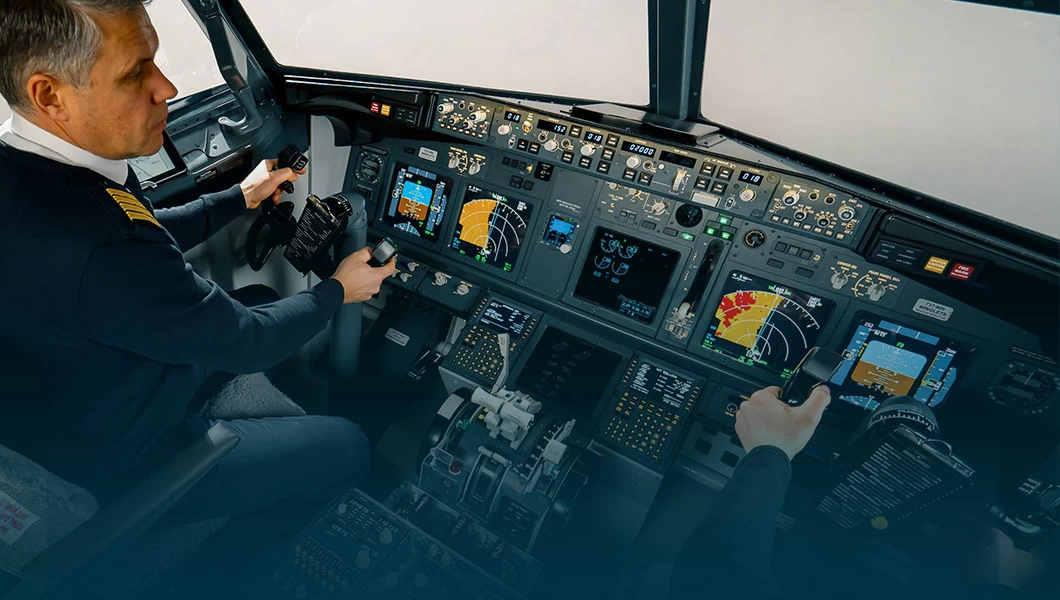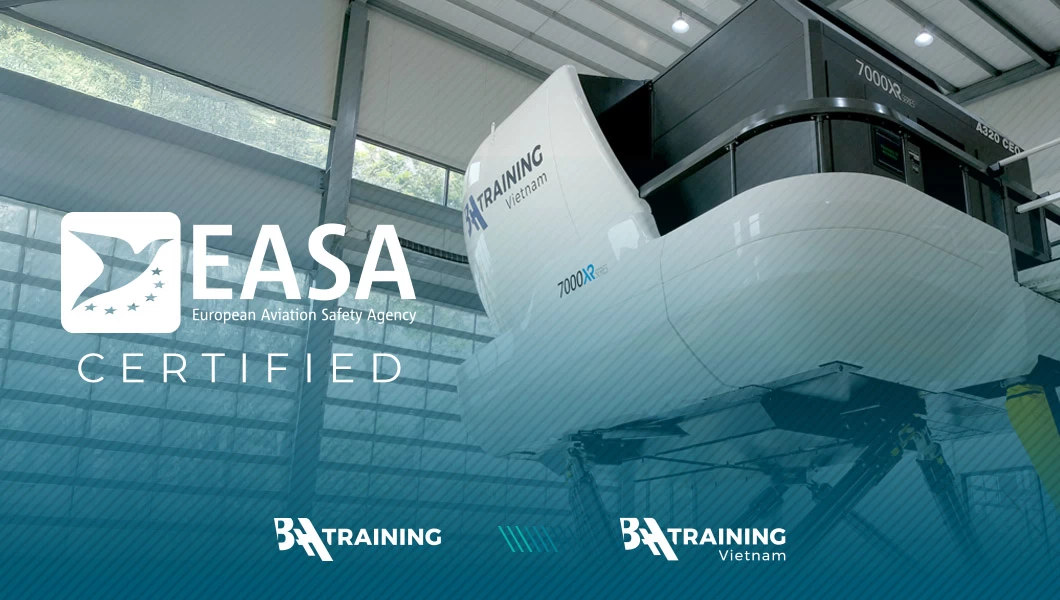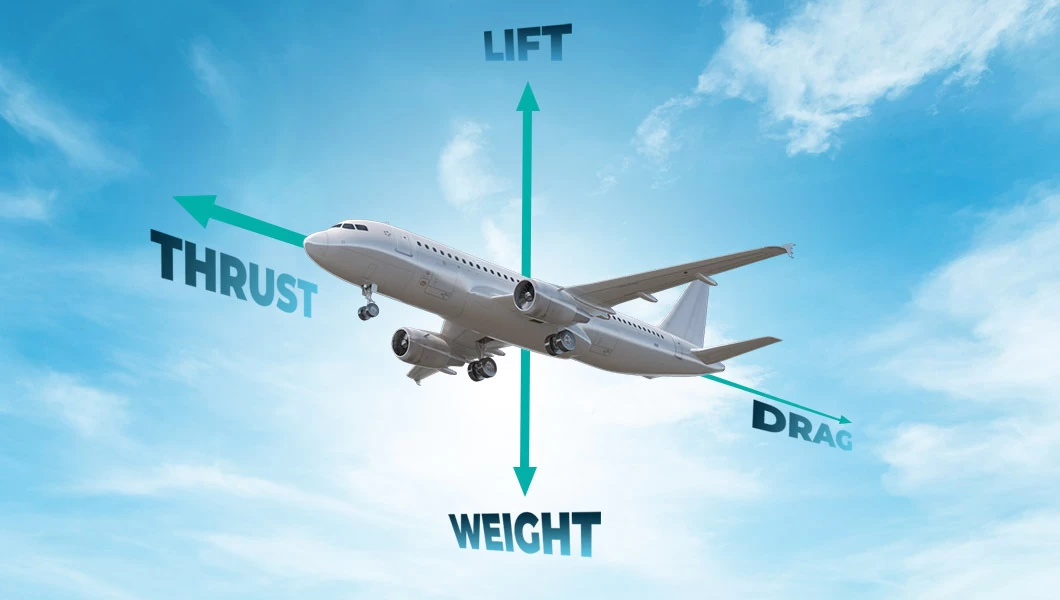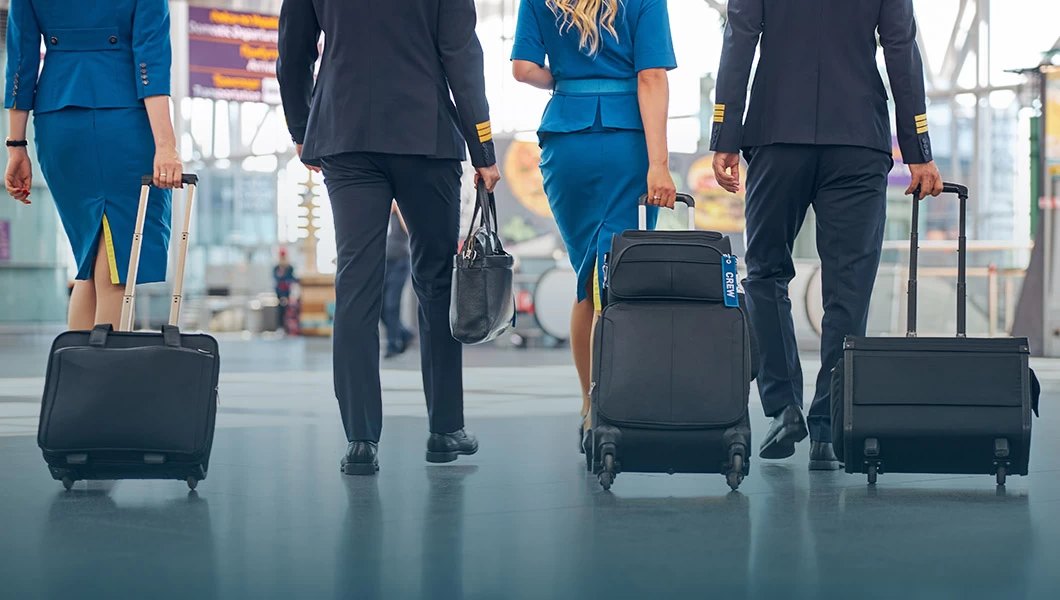Updated on May 2, 2025
Prefer to listen? Press play to hear this article.
However, before embarking on this journey, it’s essential to understand the global landscape of pilot salaries in 2025. Read this article to learn where pilots can expect the highest earnings and what it will take to recoup the initial investment.
Many factors come into play
As with other professions, airline pilots often begin their careers in entry-level positions and progressively ascend the ranks, leading to increased earnings over time. A pilot’s earning potential is influenced by several key factors, including flight experience, seniority, the country of operation, the airline they work for, the number of flying hours, and the type of aircraft they operate.
For example, someone who has been with the company for ten years will typically earn more than a recent hire. Similarly, pilots flying larger, more complex aircraft—such as the Boeing 747—are usually paid significantly more than those operating smaller jets like the Boeing 737 or Airbus A320, reflecting the greater responsibilities and skills required for larger aircraft.

We conducted a comprehensive analysis of airline pilot salary data published by World Salaries, comparing earnings across various regions to identify trends and draw conclusions.
How much do European airline pilots earn?
To provide a comprehensive overview for Europe, we have focused on major countries: France, Germany, Spain, Italy, and the United Kingdom. The following data presents average salaries, salary ranges, and estimated medians, offering a realistic picture of pilot compensation in these countries.
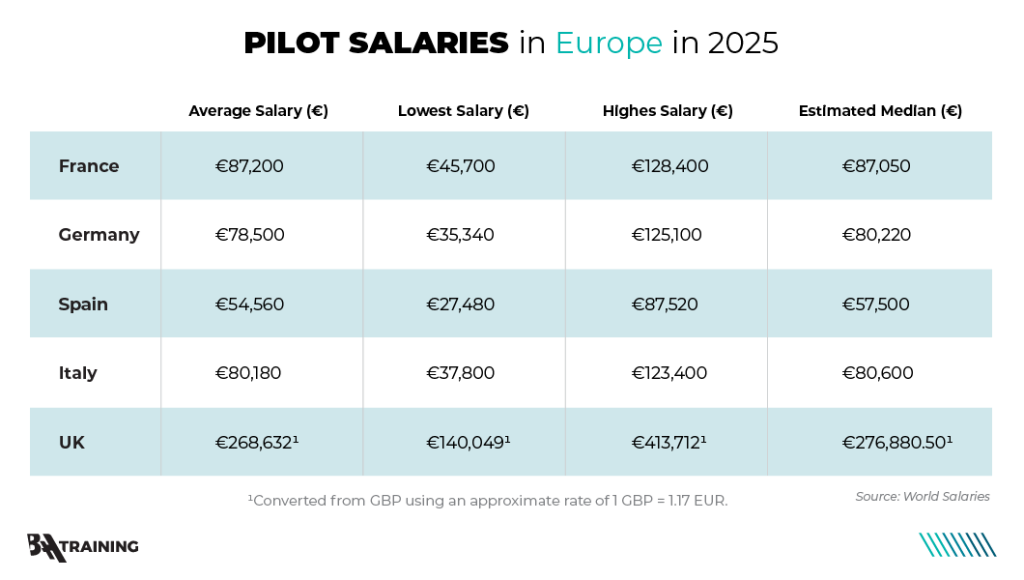
The overall average pilot salary across these countries is approximately €113,814/year, with the average of the estimated medians at €116,450.10. Notably, the UK’s figures significantly elevate these averages, reflecting the country’s higher compensation levels for pilots. Leading carriers such as British Airways, Lufthansa Group, Air France-KLM, Ryanair, and easyJet, among others, are renowned for offering some of the highest pilot salaries in the region.
What are commercial pilots’ salaries in the US?
In 2025, airline pilots in the United States earn an average annual salary of $161,300, with earnings typically ranging from $83,400 to the highest salary of $250,600 (the median stands at approximately $167,000).
Major carriers such as Alaska Airlines, Delta Airlines, Southwest Airlines, and others are topping the list of the best-paying carriers in the country. However, in 2025, American Airlines has emerged as a leading airline in terms of pilot compensation.
How much do commercial airline pilots make in the Middle East?
Let’s turn our attention to the Middle East now—United Arab Emirates, Qatar, and Saudi Arabia. These countries are home to some of the world’s most prestigious airlines, offering strong earning potential for pilots flying both regional and long-haul routes.
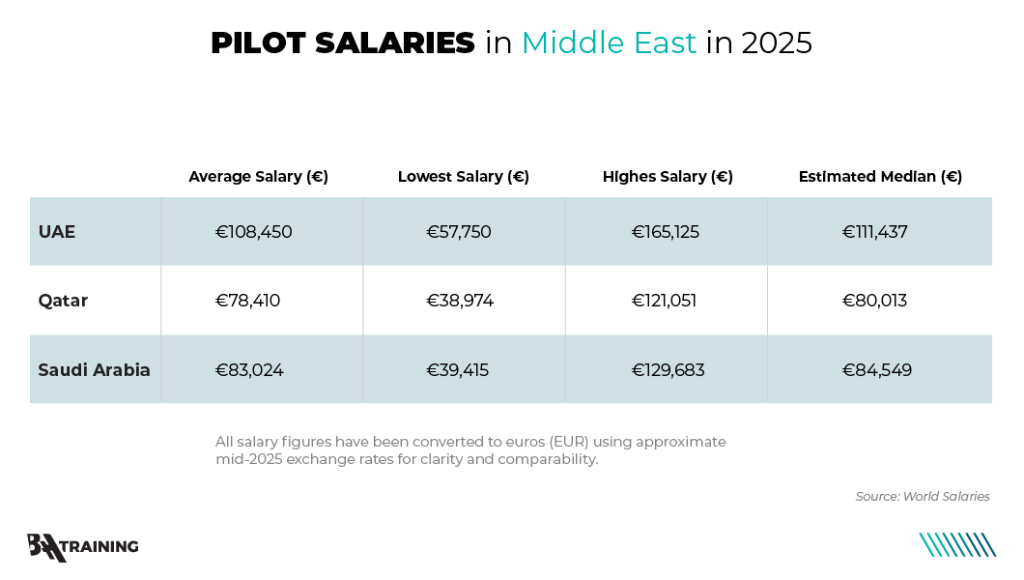
Similar ARTICLES
Based on the data presented in the table, the average pilot salary across the selected Middle Eastern countries is €89,961, with the average median at €91,999. Emirates, Qatar Airways, Etihad Airways, and Singapore Airlines are commercial airlines offering the highest pilot salaries. Regional airlines (e.g., Flynas, FlyDubai, or Air Arabia) pay less, though often still more than regional Asian carriers.
Where in the world do airline pilots earn the most?
Based on the data reflected in the research above, in 2025, the highest airline pilot salaries are found in North America, Europe, and the Middle East, with the United States and the United Kingdom leading globally. Some of the key insights are the following:
- The US airlines pay around 30% more than their European counterparts.
- While salaries in the Middle East trail the US by even a higher percentage (around 40%), they remain tax-free and competitive.
In summary, the most lucrative opportunities are found in the US and Europe at the moment.
Who earns better: a cargo airline pilot or a passenger plane pilot?
It is often true that many pilots flying passenger aircraft are paid better than their counterparts at cargo airlines (although this can vary). The main reason is that airline and cargo airline pilots have slightly different roles and responsibilities. However, cargo pilots often enjoy more flexible schedules than regular airline pilots.
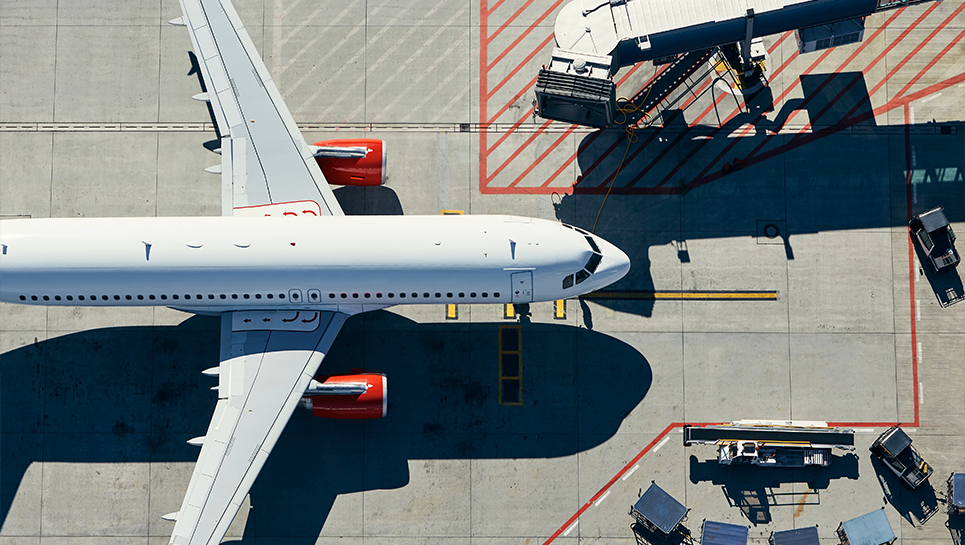
When will I recoup the investment I made in becoming a commercial airline pilot?
Determining when you’ll recoup your investment in becoming a commercial airline pilot can be complex, as it depends on various factors. However, to provide a general idea, we’ve developed an approximate calculation based on pilot salaries at a European airline and the typical costs associated with pilot training.
Your PILOT CAREER
starts with a first click
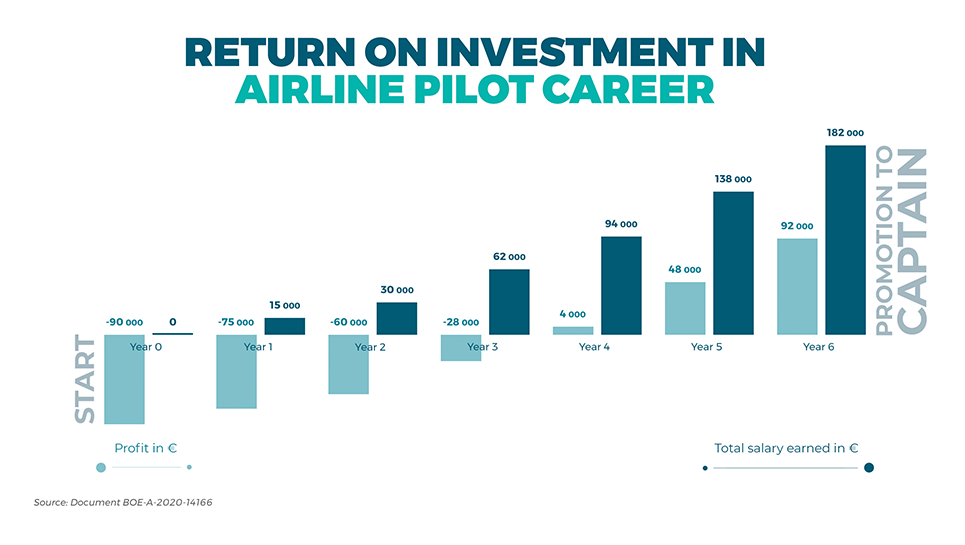
As illustrated, during the initial three years, you’ll be diligently working to recoup your investment—typically around €90,000 for initial training and Type Rating, though this can vary depending on the flight school. Following this period, your earnings will begin to grow significantly. By the sixth year, your cumulative profit could reach approximately €92,000. It’s important to note that this figure represents net profit, not the total salary. At this stage, your annual salary is likely to approach €200,000, positioning you for potential promotion to Captain.
What extras do commercial pilots get on top of pilot pay?
The extras on top of airline pilot salaries vary between airlines. However, common benefits international airline pilots receive include health, life, vision, dental insurance, as well as a retirement plan. Additionally, they often receive travel benefits on the airline’s flights for themselves and their relatives.
Recently, BAA Training has conducted a job ad analysis, to clarify the types of benefits most commonly offered. For example, 40% of analyzed job ads cover accommodation costs, 36.7% mention visa and duty travel expenses, 23.3% include loss of license insurance, and another 23.3% provide payment for travel insurance. Additionally, 16.7% offer block hour payments and 13.3% have commuting contracts. Some airlines even offer monthly inflation coverage!
Are pilot salaries increasing according to labor statistics?
Pilot salaries are indeed increasing, driven primarily by the ongoing global pilot shortage—a pressing issue that has steadily worsened. In 2023, industry forecasts predicted a shortage of between 613,000 and 649,000 pilots worldwide for the period from 2023 to 2042. By 2024, these estimates had increased to between 649,000 and 674,000 pilots needed from 2024 to 2043, highlighting that initial projections significantly underestimated the scale of the problem. But there are more reasons why pilot salaries will continue to grow.
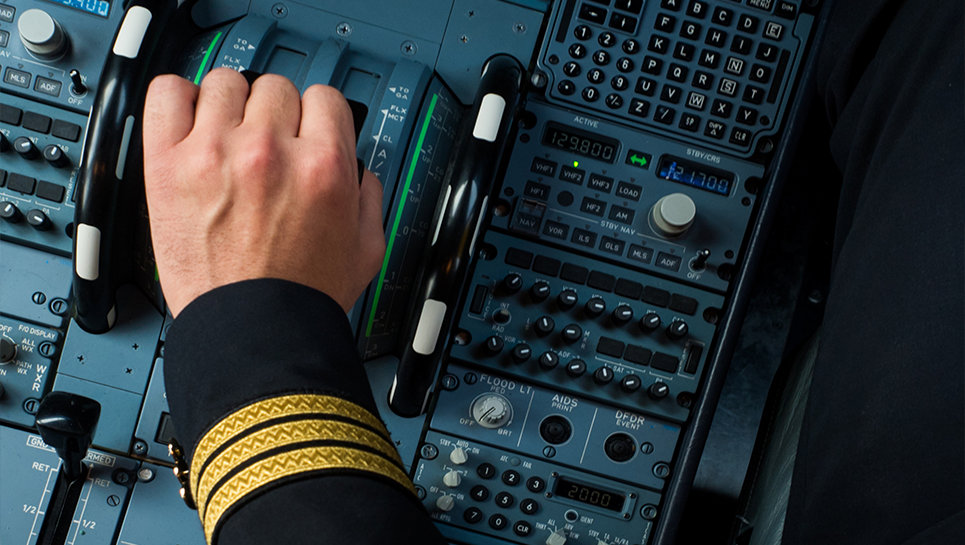
If we examine the salary trends from 2024 to 2025, industry sources indicate an average global increase in pilot salaries of about 5–8%, with substantial variations across regions: US pilots have experienced the most significant salary hikes, while Europe and the Middle East have seen more moderate yet steady rises.
Summary
In summary, obtaining a pilot license and pursuing a career in aviation can provide the lifestyle and financial stability you desire, particularly as you gain experience. However, earnings can vary widely based on factors such as experience, aircraft type, airline, and geographic location.
At the entry level, pilots in countries like India might earn around €3,800 per year, while seasoned captains in the UK can command salaries exceeding €413,000 annually. This vast range underscores the diversity of opportunities within the aviation industry. Typically, most airline pilots can expect to earn between €45,000 and €150,000 per year.
If you’re intrigued by the prospects of a piloting career and wish to learn more about the journey ahead, feel free to reach out—we’re here to guide you every step of the way!
